Junior Explorer Naturalist
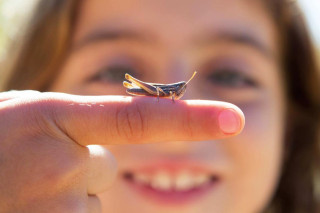
Are you curious about the wild plants and animals you share your neighborhood with? Ever notice birds outside your window, spider webs in the corner of a room, or plants growing in cracks of the sidewalk? I bet you have. What is nature? Nature is the word we use to describe the physical world and everything in it that's not made by people. It’s the flowers blooming, the songs of birds, apples growing on trees and the clouds forming raindrops. We too often think that humans and nature are separate, but they are woven together. Let’s start learning about Utah’s environment and your place within it!
Careers—Be a Scientist!
What is a naturalist? A naturalist is a biologist who studies the natural history of plants, animals, insects and the environments that they live in. A naturalist is also someone who is curious about their surroundings, both past and present, and wants to learn more. You can start training as a naturalist here, in Junior Explorers!
Learn
There is a lot to see in the state of Utah and the different landscapes provide a unique place for a lot of different plants, animals and bugs to flourish. Did you know that just in the state of Utah there are over 620 species of spiders and more than 1,000 different types of bees! The Great Salt Lake wetlands is also an important migratory stop for millions of birds every year!
A great place to begin your journey towards becoming a Junior Explorer Naturalist is with birds. Birds can be found in all corners of the state, and most importantly, in your backyard or a nearby park. A good naturalist knows how to bring the birds to them, and so you will begin your naturalist training by making a pinecone bird feeder.
Once your pinecone bird feeder is in action, make sure to pay careful attention to it and begin recording observations about the birds you see. Check out the video for steps on how to build the bird feeder and download this helpful guide to assist you in identifying your new feathered friends. Finally, record what you see using your very own Neighborhood Nature journal, which you can download here in English and Español
Download a Reading List for books available at local Utah libraries.
Explore
Now you’re ready to start applying your new found naturalist skills! There are many great places right here in Utah where you will find these skills useful. For example, right in the heart of Ogden City you will find a Blue Ribbon Fishery that is home to a beautiful fishery that was once overlooked. Learn more about it in this video with Ben Nadolski from the Utah Division of Wildlife Resources.
Get out on the road! Every county in Utah has a unique marker representing Utah’s natural history. Download your passport and start exploring naturalist-themed Marker Locations by county:
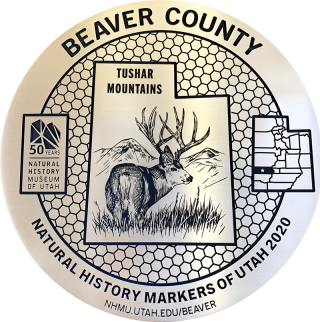
Tushar Mountains
Home of the 3rd highest mountain range in Utah! Mountains are really interesting places to study the natural world. Tall mountains may have significantly different ecosystems at their base and their summit, providing homes for different species of plants and animals.
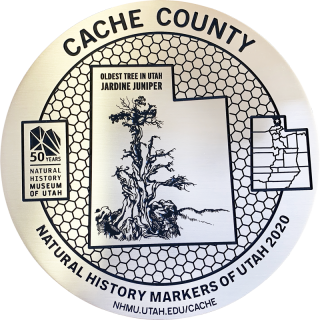
Jardine Juniper
Deep into the forest of Logan Canyon is the world famous Jardine Juniper tree. This tree measures about 40 feet tall and more than 23 feet around. Clearly it had been growing for a long time, but how long? Tree experts who study tree rings to determine the age of trees believe it is about 1,500 years old! Imagine all the things the tree has seen and how much the environment has changed in that time.
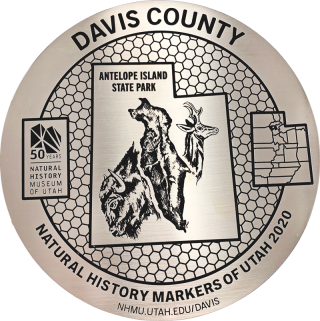
Antelope Island
The Great Salt Lake is – surprise – salty. Incredibly salty and there are no other places like this in this region of the world! The lake’s waters are about 12 times saltier than the oceans. Not very much can live in waters that are salty. You won’t find any fish swimming through the Great Salt Lake, no amphibians croaking or crawling through the shallows along the lake margins. But the island is wild and full of life!
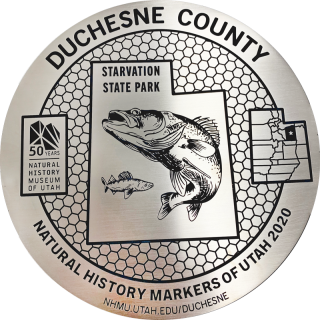
Fred Hayes State Park
Just outside the town of Duchesne, sits a favorite summertime playground for Utahns. In years past, this place was called Starvation State Park after a ranger from Utah Division of Parks and Recreation. This area is popular for fishing and boating but the landscape boasts unique features as well.
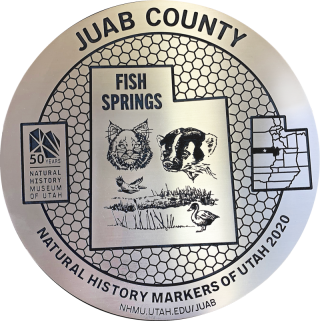
Fish Springs Wildlife Refuge
Utah is for the birds. Not only does our state boast a broad diversity of avians that dwell here year round, but millions of birds pass through every year along their migratory routes. Depending on what time of year you visit, you might momentarily forget that you’re in the middle of the desert given all the waterfowl and shorebirds strutting around (over 290 species of birds)!
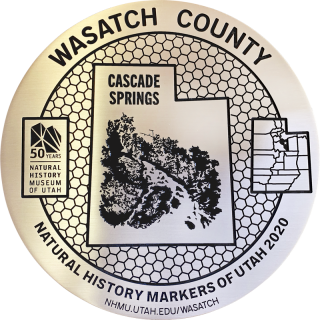
Cascade Springs
Utah is a very dry state. Each year, only about 10 to 55 inches of precipitation falls on our state. But the sky isn’t the only source of water around. Sometimes water bubbles up from below ground, like at Cascade Springs outside Heber City. This area has an amazing diversity of plants, animals, bugs, and even geology. This is a perfect hiking place during the summer months that is wheel-chair accessible and dog friendly.
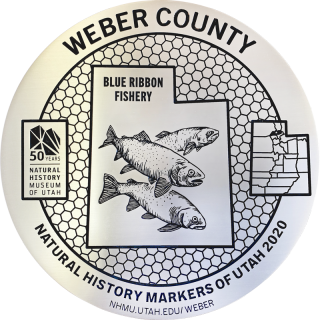
Blue Ribbon Fishery
Water is a powerful force in Utah. Rain nourishes deserts, natural springs create refuges for wildlife, and rivers can change the shape of the landscape itself. And the Ogden River played a mighty role in forming the landscape. Years of uplift and erosion created the rivers and streams that many people in northern Utah enjoy every summer – from tubers to fishers and swimmers!
Level Up!
You are now trained as a Junior Explorer! Now, check out our other Junior Explorer specialties to spark your curiosity in other natural sciences.